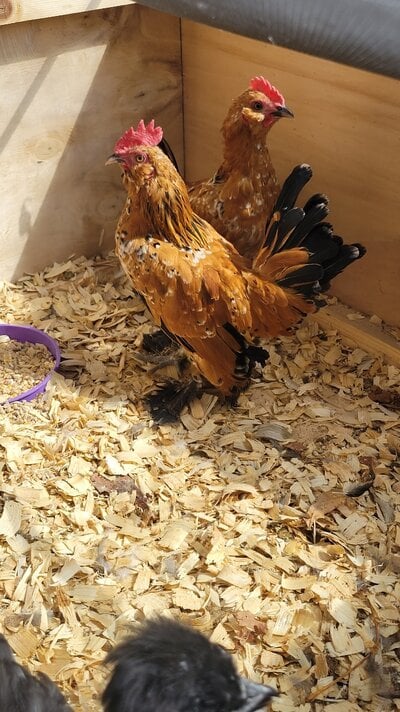JulietsMomma
Chirping
- Mar 24, 2023
- 85
- 68
- 78
I have two separate runs and coops right now. One run has my polish grow outs in it and they’re around 3 months old. My other run has my adult hens that are around 8 months old (marans and legbars).
I want this pair in with my adult hens. I’ve been trying to slowly introduce them as of yesterday evening with no luck. The polish run has a rooster in it and he immediately just attacks the pullet and smaller roo.
These are bantams and I have some white crested black polish bantams in the polish run too. My problem is the rooster in that run so I want them in with the bigger hens.
How do I do this the right way? The bigger hens attack them even with me out there so I currently have them in a crate.
I want this pair in with my adult hens. I’ve been trying to slowly introduce them as of yesterday evening with no luck. The polish run has a rooster in it and he immediately just attacks the pullet and smaller roo.
These are bantams and I have some white crested black polish bantams in the polish run too. My problem is the rooster in that run so I want them in with the bigger hens.
How do I do this the right way? The bigger hens attack them even with me out there so I currently have them in a crate.




